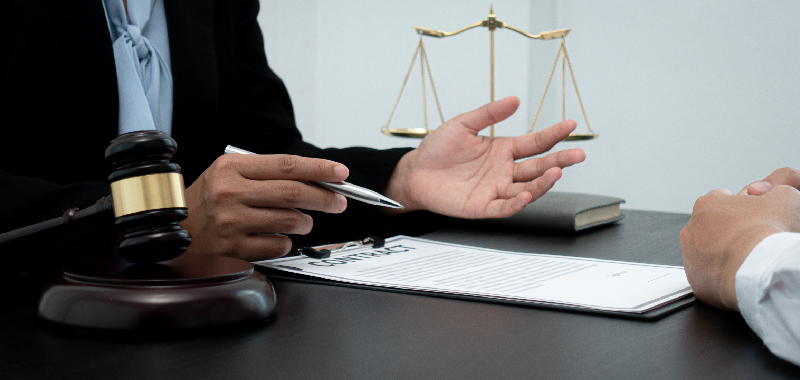
The importance of related rights: Bad Bunny and Taylor Swift cases
Recently, the news about the million-dollar lawsuit filed by the ex-partner of the well-known Latin music singer Bad Bunny against the artist for an alleged infringement of intellectual property has echoed the news.
In this case, the plaintiff is asking for forty (40) million dollars for using his audio in several of the Puerto Rican’s well-known songs without requesting his consent, carrying out an alleged infringement of related rights.
In this article we will try to explain what are related rights and what are the repercussions of not dealing with them properly.
What are related rights?
Within copyright there is not only the figure of the author as the sole creator of a work, but there are other related figures, such as artists, performers, performers or producers -audiovisual or phonogram producers-, whose work is essential for the dissemination and commercialisation of the work. This work is protected by neighbouring rights.
Related rights, also known as neighbouring rights or neighbouring rights, are therefore a set of legal and economic rights granted to certain subjects related to the creation and use of works protected by copyright.
The purpose of these rights is to protect the legal interests of persons and entities that contribute to the dissemination of works or that have produced objects with sufficient creativity and technical and organisational capacity, which, although not all countries consider them to be copyrightable works, are considered to have sufficient originality and technical and organisational capacity to merit protection.
What types of related rights are there?
There are currently several categories of related rights that grant different rights, some of which are mentioned below:
- Performers: some of their recognised rights are either the obligation of equitable remuneration or the possibility to prevent the fixation (recording), broadcasting and communication to the public of their performances without their consent or live performances.
- Producers of sound recordings (also called phonograms): have the right to authorise or prohibit the reproduction, importation and distribution of their sound recordings and derivative copies thereof and to equitable remuneration for the broadcasting and communication to the public of their sound recordings.
- Broadcasting organisations: have the right to authorise or prohibit the retransmission, fixation and reproduction of their broadcasts.
How important are related rights in the industry?
Neighbouring rights play a vital role in monetising the revenues derived from a work. Despite the fundamental role of copyright, it is the production related rights that tend to generate the most revenue.
Bad Bunny is not the only artist to have suffered from the effects of related rights. There are multiple cases such as Michael Jackson’s case because his production company did not market the album or the claim of the performers of the Spanish musical “Ana Frank” for not being paid for their work.
However, if there was one controversy that went viral a few years ago, it was the one between the singer Taylor Swift and her record company.
As we have previously mentioned, one of the related rights to be taken into account are those generated by the producers of the recordings. In this case, the American artist recorded a total of six music albums produced under the label’s imprint.
Taylor Swift retained the copyrights corresponding to the composition of the songs and the related rights of interpretation of the songs, the latter right also being shared with the musicians who accompanied her.
However, the related production rights correspond to the figure in charge of recording and mixing the songs, in this case the producer, who was recognised as having the right to market and disseminate the works. As a result, most of the income from the sale and reproduction of the albums went to the producer.
To put an end to this situation, Taylor Swift, as the recognised author of the works, decided to produce a new version of the albums herself. In this way, because the record company was not involved in the process, the artist herself became the owner of the copyright, the related production rights and the related performance rights – without prejudice to those recognised for the musicians who also participated.
We do not know how Bad Bunny’s legal dispute will end, but it seems necessary to stress the importance of being well advised on related rights in the world of intellectual property.

Letslaw es una firma de abogados internacionales especializada en el derecho de los negocios.







